Around San Miguel
Parades, dancing, and Mexican patience
Last week I was walking up from the bus station when I happened across my favorite of the indigenous dance groups that come into town, dancers luxagraf readers might recognize — a group that turns out to be called La Sagrada Familia. There’s no machetes, but they have the best drummers, best costumes, and best dancing in my opinion.
They were on a narrow side street, dancing between a line of cars and the brick and plaster facades of houses. It was a tight space, not great for photos, but with no more than 20 or 30 people sitting around watching. This was the closest I’d been able to get to them. In the Jardin they’re always surrounded by a crowd at least three people deep.
Thanks to the concrete confines of the street the drums were more than sound, they hit me in the chest with vibrations I could feel from my ribcage to solar plexus. It was a more intimate and intense experience in the narrow street than anything I’d seen in the Jardin.
Vibrations are an important part of many ceremonies. As anyone who’s spent a good bit of time either vibrating with their voice or sitting in front of something that vibrates your whole body can tell you, it has profound effects after a while.
This is probably best known as a negative thing, as in the PTSD many soldiers get from being too close to too many explosions. The shock waves have permanent and lasting negative effects. But there are more positive effects to vibration when it arrives in smaller, saner doses. The effect is similar, just lower dosage you might say. This is why rhythmic chanting and other ways of vibrating your own body are so often a part of religious ceremonies — they are a quick and easy way to change brain states (among other things).
I sat in the middle of the street and watched them dance their way up and down in a slow looping ellipse, feeling the drums vibrate inside me while the dancers’ foot work, with ankle rattles attached, filled the mid tone space, and hand held shakers hissed in at the high end of the rhythmic scale. It was a wall of percussion that all fit together, making something larger than the sum of the parts.
I’m still not sure what the occasion was, or why they were in town. It was the weekend of Benito Juarez’s birthday, which could have been the reason. Earlier in the day there was a parade just up the street from our house, which also could have had something to do with Juarez’s birthday, though it looked more like Halloween than anything.
Sometimes there’s no discernible reason for a parade. Even the locals standing on the street around us seemed a little mystified by it all. Or perhaps that was annoyance since the parade held up all the buses headed out of town for a good hour or so. On the weekend many people just want to get the market, get their food for the week, and head home. Damn the parades.
But they’re Mexican, so they waited patiently, with almost no outward sign of irritation, certainly not anger, though, if Octavio Paz is correct, there might be plenty of irritation and anger behind the public mask.
I’m not sure if Paz is right, sweeping general statements about an entire culture have severe rounding errors, nor an I sure that keeping everything behind a mask is a good thing. Anger has its place, it’s a natural, common human emotion. Still, I do admire the Mexican ability to keep it in check, especially in one particular circumstance I encounter nearly every time I head out the door - northerners behaving badly.
There’s no shortage of bad behavior by northerners around here, but Mexicans never confront it. At least as far as I’ve seen. That is a choice after all — confronting and complaining about the things you don’t like. It’s one I generally choose, but you can also choose, as my neighbors do, to ignore it all. Or, as I suspect, to store it up for gossip in the evenings, when everyone comes out into the streets to gather around the grills and cookers to eat, gossip, and laugh. My Spanish isn’t good enough to say for sure, but I suspect some of this talk is all the crazy and annoying things that gringos did in the neighborhood that day.
Or maybe I’m wrong. Maybe Paz is wrong too. It’s impossible to know as an outsider, and even when you’re an insider, part of the culture, can you speak for everyone? We like to sort the world, to group individuals together by common traits, behaviors, beliefs. Sometimes there do seem to be currents of thought and idea running common among us, the backbeat of our dreams perhaps. Other times though those who would speak for all of us are really speaking of themselves, for themselves. Sometimes I think we’d all be better off if more of us spoke only of ourselves, for ourselves without assuming anyone else thinks, feels, or dreams the same.
Modern man likes to pretend that his thinking is wide-awake. But this wide-awake thinking has led us into the maze of a nightmare in which the torture chambers are endlessly repeated in the mirrors of reason. When we emerge, perhaps we will realize that we have been dreaming with our eyes open, and that the dreams of reason are intolerable. And then, perhaps, we will begin to dream once more with our eyes closed. –Octavio Paz


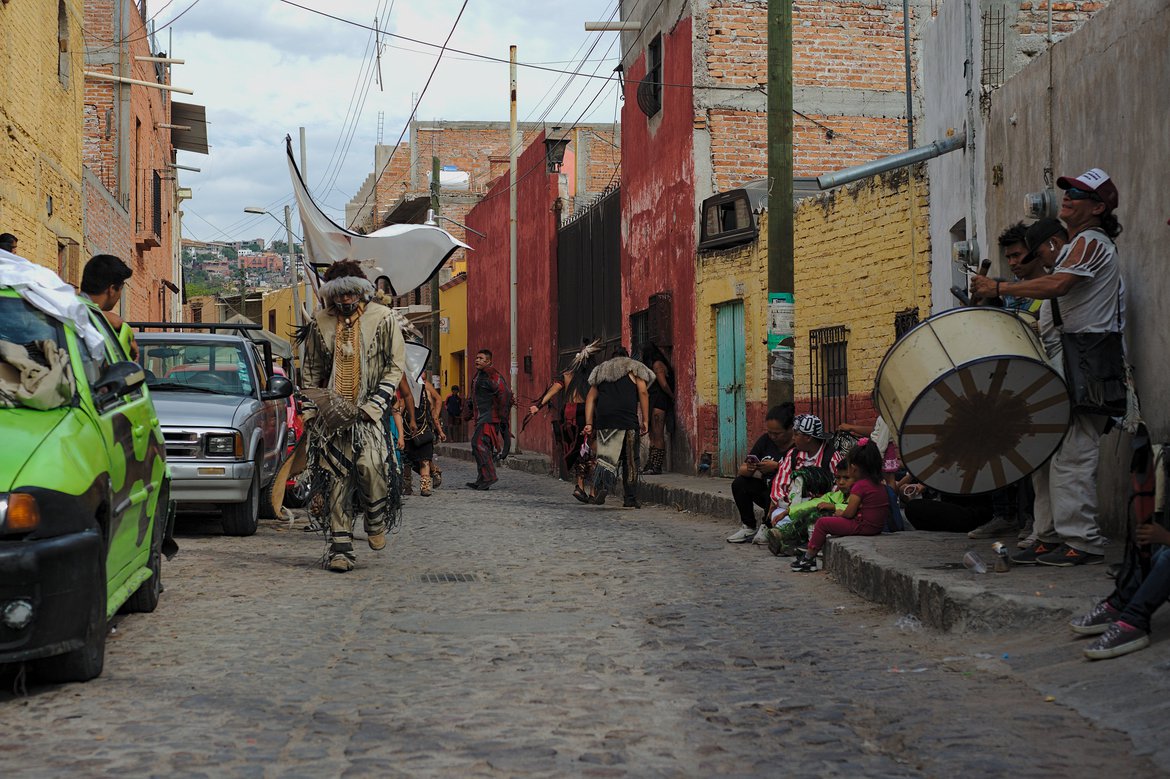
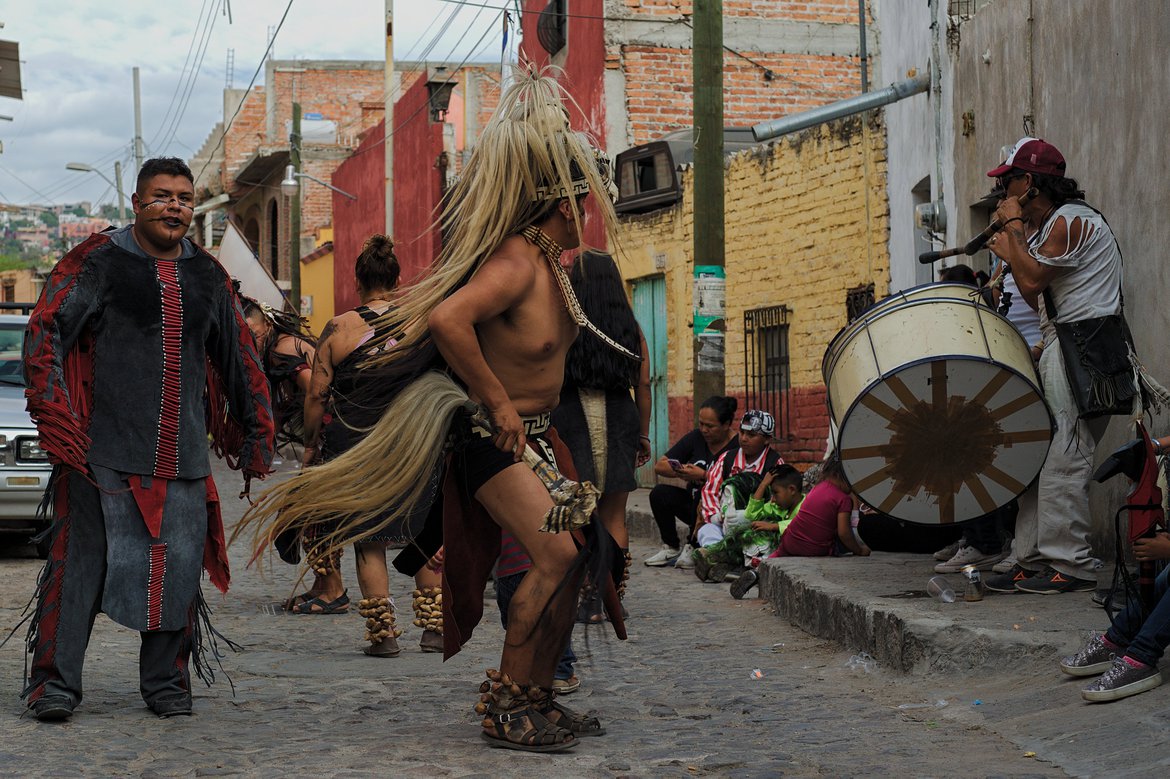
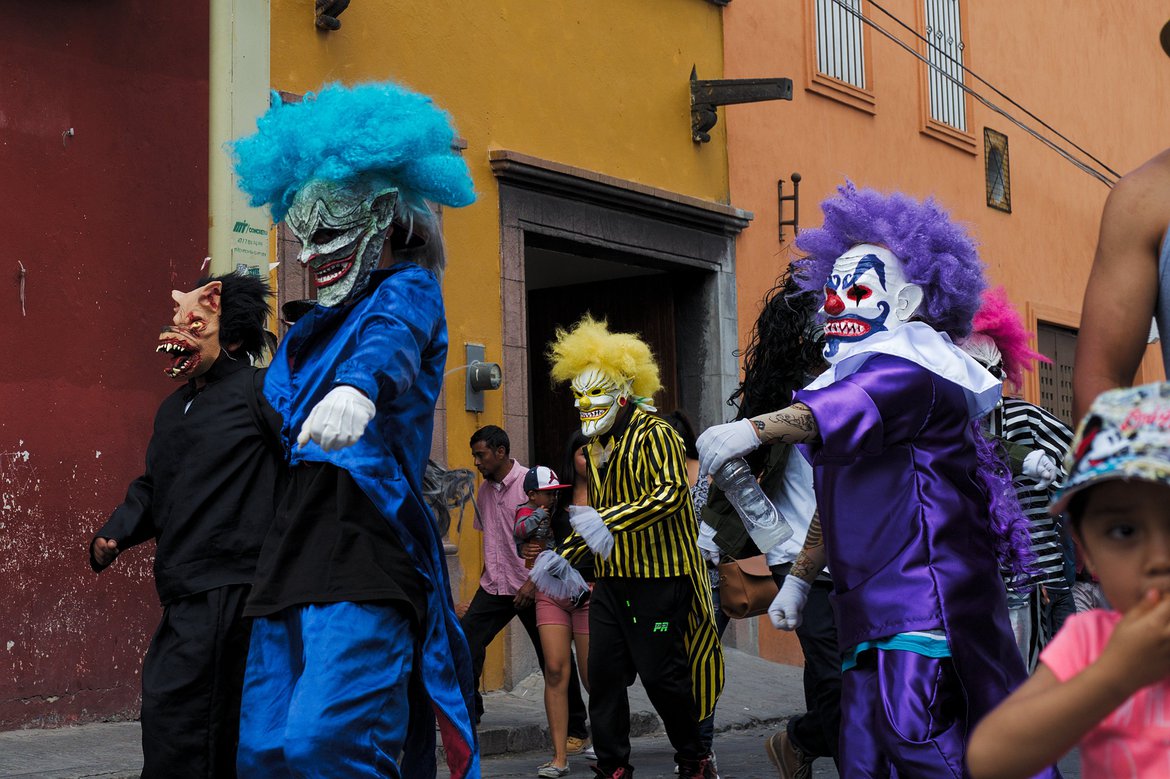
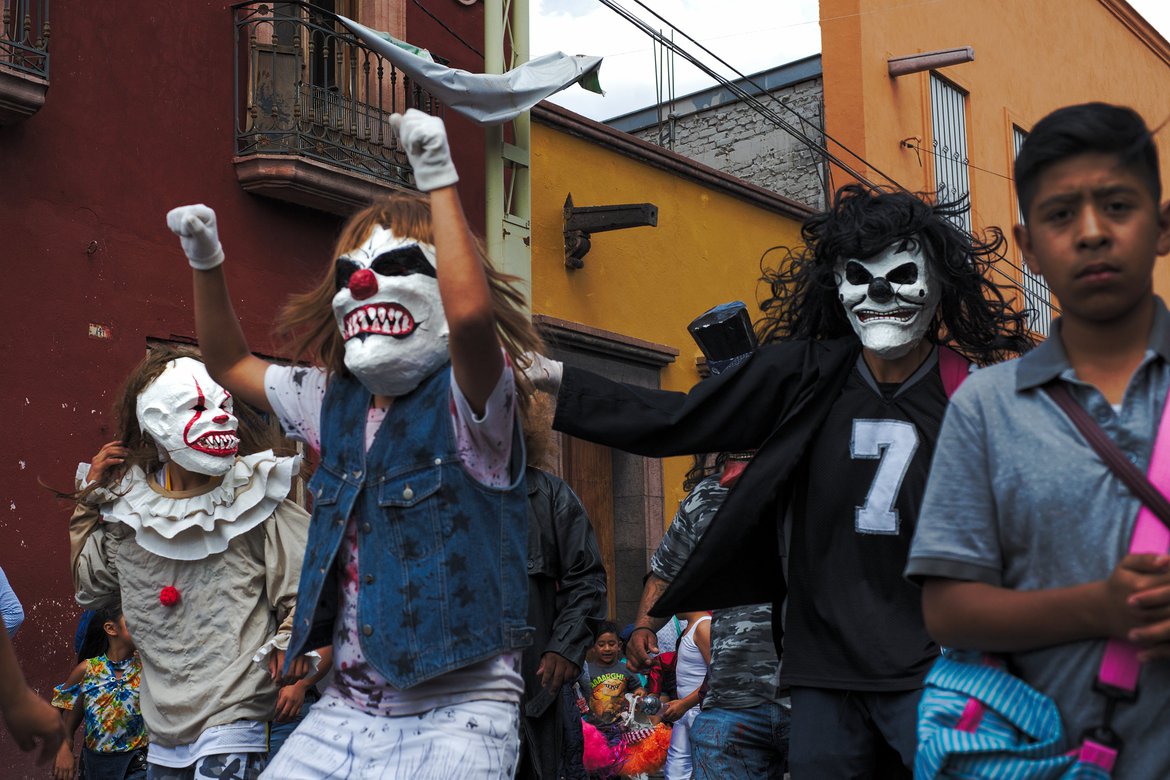
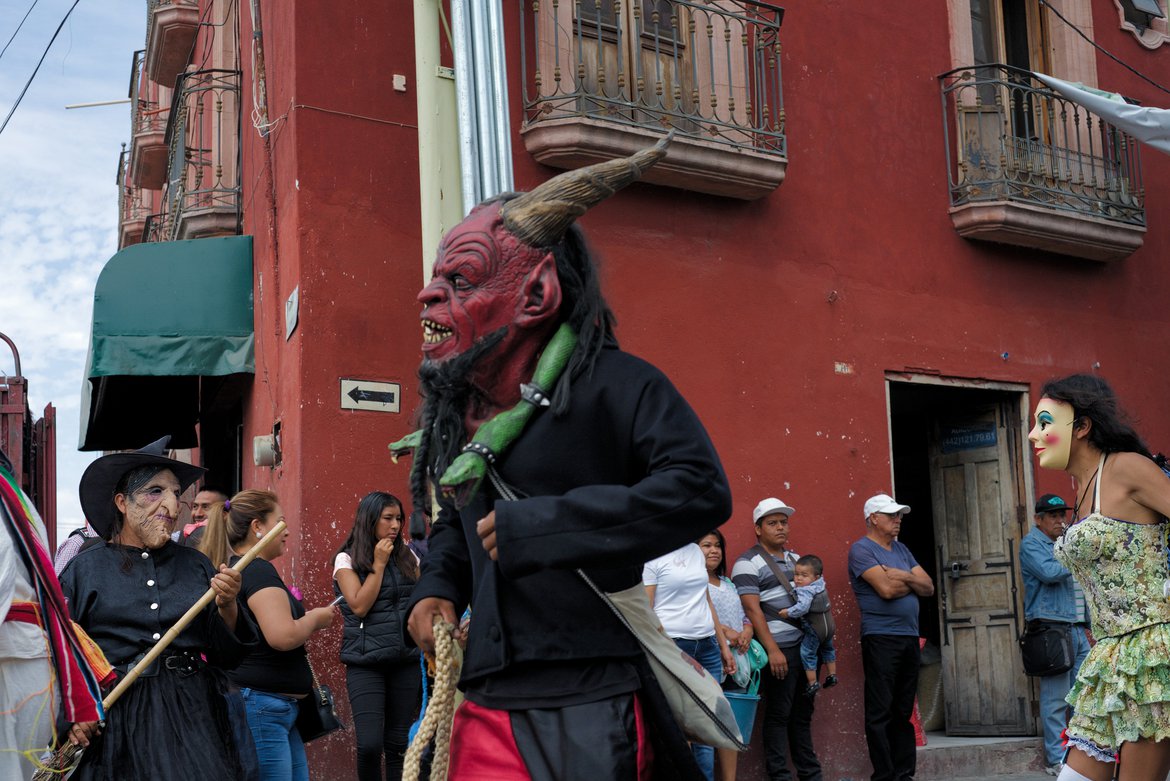

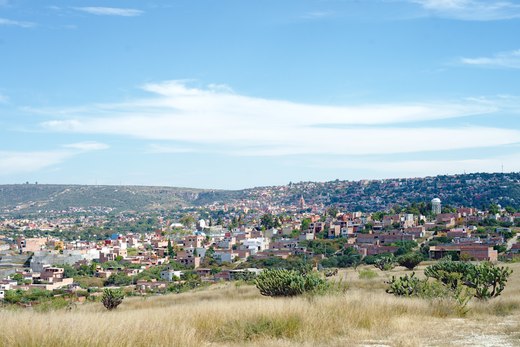


Thoughts?
Please leave a reply:
All comments are moderated, so you won’t see it right away. And please remember Kurt Vonnegut's rule: “god damn it, you’ve got to be kind.” You can use Markdown or HTML to format your comments. The allowed tags are
<b>, <i>, <em>, <strong>, <a>. To create a new paragraph hit return twice.